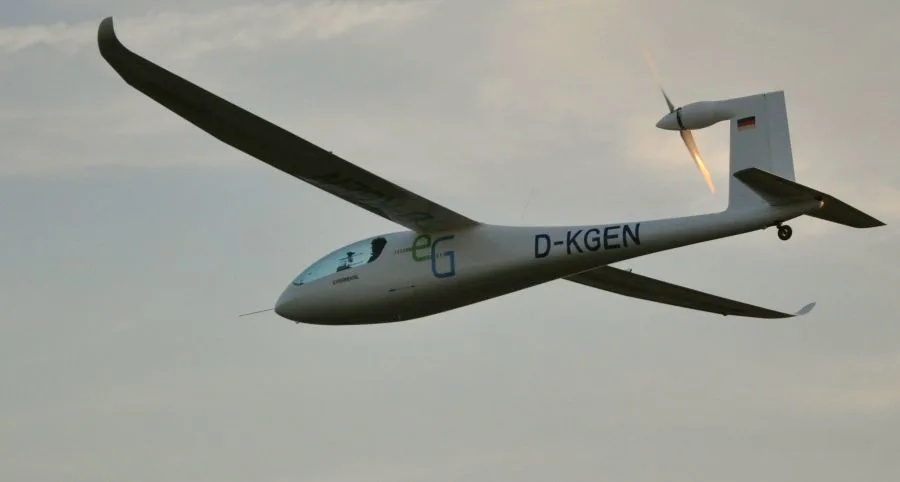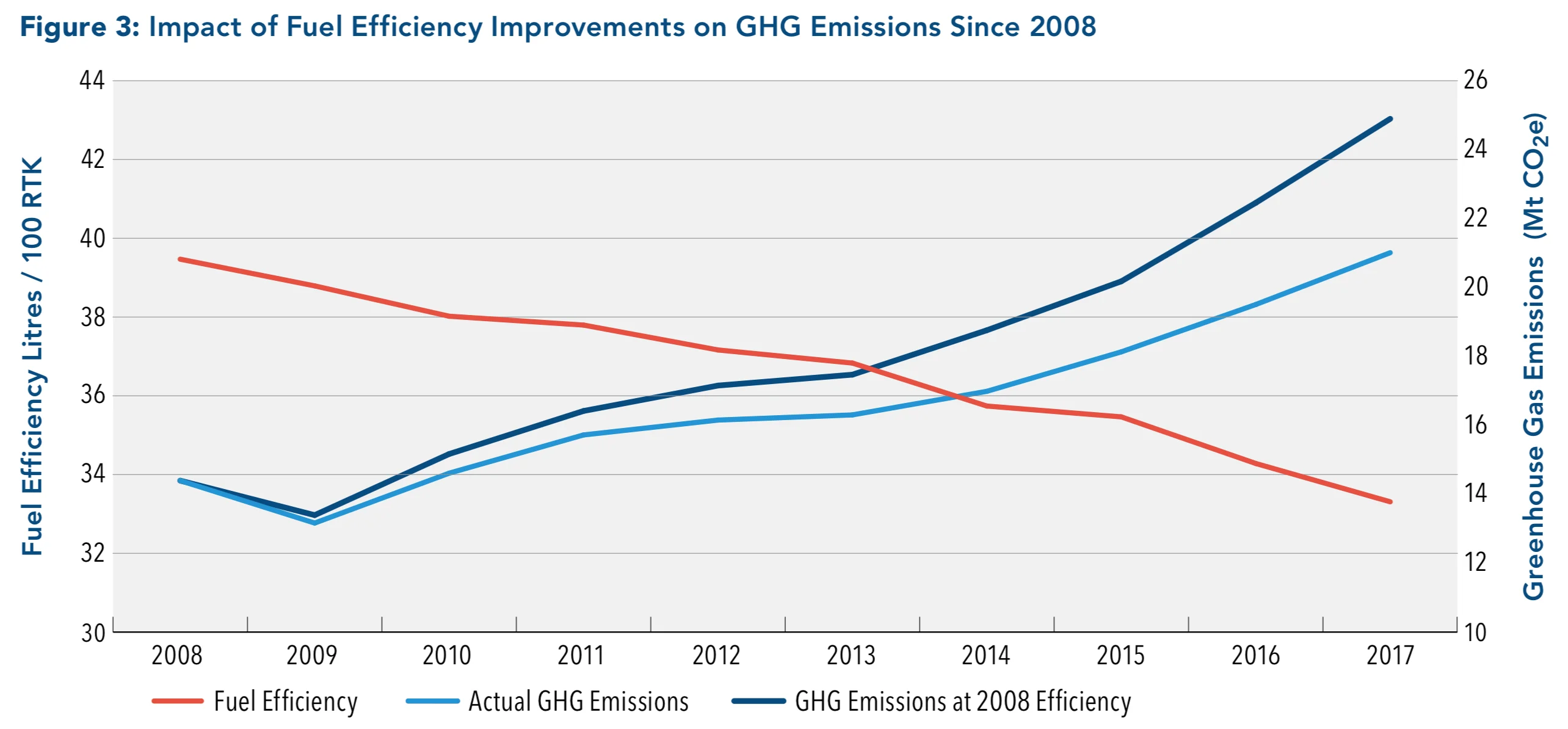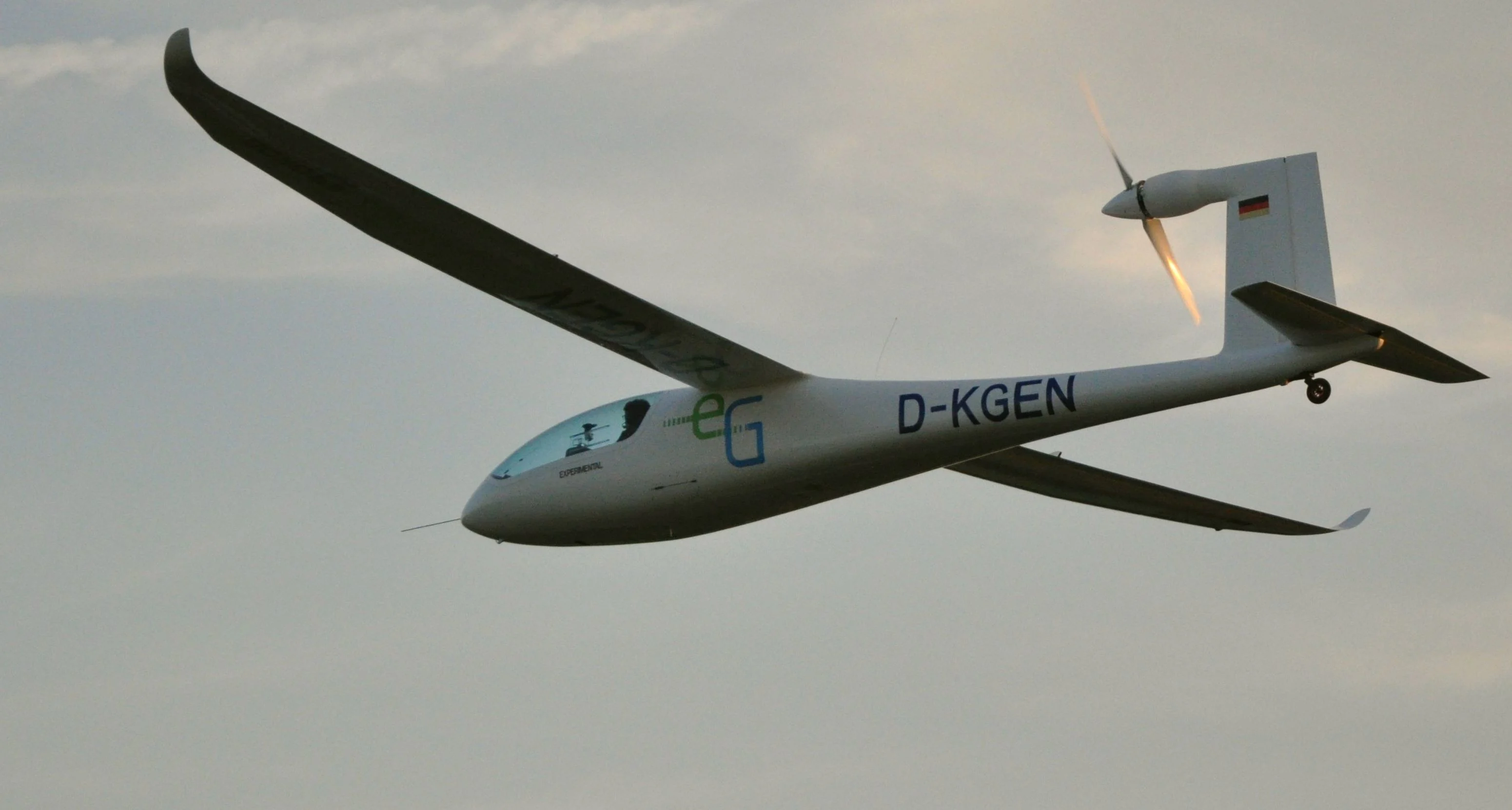
How electric airplanes could help reduce air travel emissions
Flying increases our carbon footprint considerably, but there are ways to cut back
Today, flying is the fastest and most comfortable way to get around when travelling long distances, but each time we hop on a plane, our carbon footprint (the amount of greenhouse gas emissions we produce) increases dramatically.
Some of us fly for leisure, but many use planes because it is the only realistic way to reach a certain destination in a reasonable amount of time.
The number of airline passengers and flights continue to escalate year after year — and since 1999, aircraft emissions have increased by 4.3 per cent. Future projections indicate that at this rate of growth, by 2050 airplanes will be the source of 25 per cent of global carbon dioxide emissions.
HOW MUCH DO WE CONTRIBUTE TO THE GREENHOUSE EFFECT WHEN WE FLY?
Globally, flights generate 895 million tons of carbon dioxide (CO2), about 2 per cent of total carbon dioxide emissions. During a roundtrip flight from Toronto, Canada, to London, England, which is 11,411 kilometres, a passenger's carbon footprint would be 1.73 metric tons of CO2, equivalent to 2,447 washing machine loads, 840 10-minute showers or watching 892 days of television. It's no mystery: when we fly, we emit gases that contribute to global warming.

(Source: Canada Action Plan 2017 via Government of Canada)
Many passengers have begun to express remorse for flying, and in countries like Sweden, they have already been baptized as "flygskam" — those who are ashamed to fly. The good news is, there are now ways to be more sustainable and reduce emissions even while flying, and there are technologies being developed that could transform the industry itself.
IS THE FUTURE OF AVIATION ELECTRIC?
As an increasing number of travellers grow concerned with their carbon footprint, airlines are looking for new formulas to offer a more sustainable service. But this quest is also causing ticket fares to increase and become inaccessible for some travellers.
So what alternatives are out there in order to travel long distances without causing a jolt in our carbon footprint?
The future of clean aviation requires innovation, and a good number of start-ups from different countries are already working to find solutions to the problem of aircraft emissions. In fact, electric airplanes capable of flying at zero emissions, are on the way, and will soon be air born.
Some countries are already testing electric airplanes, a concept similar to that of an electric car but in the air. They rely on large batteries instead of fuel, can be recharged, and are emission-free.
Future electric airplanes will be ideal for flight distances under 1,600 kilometres, flights that currently produce 40 per cent of all airplane emissions in the world.
Last summer, tests were done with the German e-Genius, a two-seater that flew up to 6,000 metres, reaching a speed of 225 km/h. This light aircraft flew 482 kilometres with a single battery and did not emit polluting gases — the energy consumed for the trip cost about $3 CAD.

(Image: Electric airplane e-Genius in flight. Courtesy: Andreas Doerr via Wikipedia. CC BY-SA 3.0)
Tests with electric airplanes are not only limited to small businesses; giants like Boeing, Airbus and Raytheon are also experimenting with new flight technologies. They plan to design airplanes that combine the use of fossil fuels with electricity, something similar to a hybrid car, but in an airplane format.
Electric airplanes are on the way, and experts predict they will be more common in about 20 years. But don’t expect the very large planes we see today, rather they’re more likely to be ones capable of transporting about 100 passengers between local and regional airports.
As is the case with electric vehicles, the great challenge of electric airplanes is to improve the autonomy of their batteries and make them smaller and lighter. Despite current limitations, the electric aviation sector is only expected to grow, and at some point even explode.
Prediction figures indicate that by 2035 the sector will generate about 20,000 million Euros while cutting the emission of millions of tons of carbon dioxide.
In the meantime, there are a number of actions to consider when travelling by plane in order to reduce your carbon footprint:
Avoid stopovers when flying and travel with light luggage
Direct flights are normally more convenient and comfortable, but also mean a cut in our carbon emissions. The more times you take off and land, the more emissions you add to the atmosphere. Twenty-five per cent of the flight emissions we contribute come from takeoff and landing.
On the other hand, travelling light also helps. The more weight you carry, the more fuel the plane will consume during the journey. Today many airlines offer cheaper fares if you don't check-in luggage.
Travel in economy class before business or first
Flying in business-class means tripling carbon emissions during a trip. The seats are larger, which means that there are fewer passengers on the plane and we are taking up the space that other seats could occupy, therefore increasing average emissions per passenger on the plane. If we travel in first-class, total emissions increase by 9 times the rate of economy, although first-class seats are less common these days in many airlines.
Sign up for a carbon offset program
One way to reduce your carbon footprint, but also to feel better about fighting climate change, is to sign up for a non-profit carbon offsetting plan. The formula is to buy a carbon offset equivalent to the amount of carbon you provide during your flight. Your financial contribution will be used in a project tailored to save energy and emissions at other locations where greenhouse gas emissions are also an issue.
Travel less and use other means of transport for short distances
Travelling less frequently is a simple way to reduce your annual carbon footprint. If your flight is work-related, you can always try to use new technologies to resolve your needs remotely.
If your trip is leisure-related, try to go on vacation to less distant destinations. On a 500-kilometre Toronto to Montreal trip, bet on using a car or train and you will reduce your CO2 emissions considerably. By plane, you would emit about 88 kilograms, while a car would release 53 kilograms, and only 18 kilograms if you chose to travel by train.











